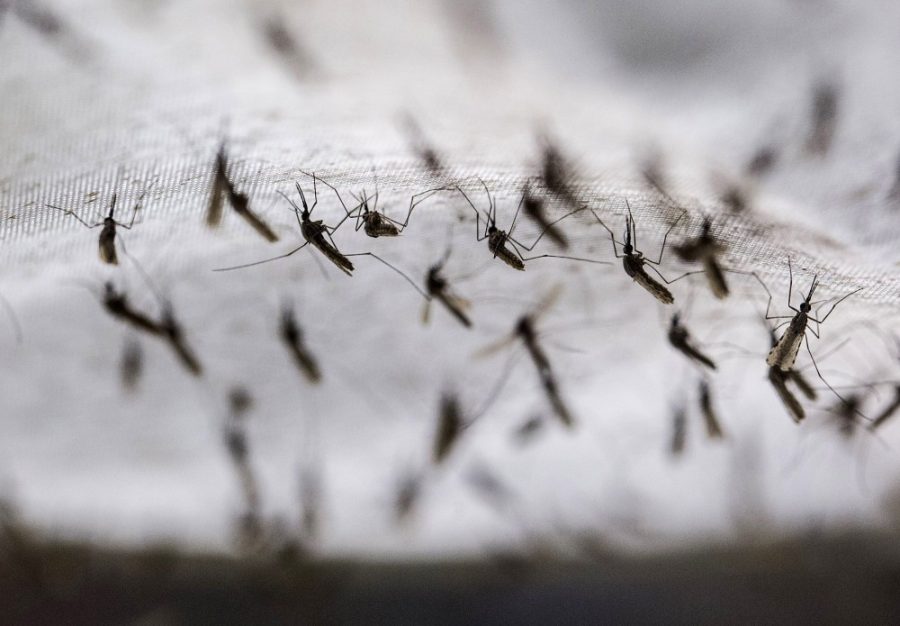Summer is quickly approaching. With the heat and the monsoons on their way, the arrival of mosquitoes will soon follow.
Aside from being pesky creatures that leave itchy, red bumps, mosquitoes also host many human diseases, including West Nile virus, dengue fever and malaria. Yet, researchers at the UA have genetically modified a mosquito that is essentially Malaria-proof.
Michael Riehle, associate professor of entomology in the College of Agriculture and Life Sciences, collaborated with researchers and entomologists at thr UA and University of California, Davis to genetically modify a species of mosquito known to carry the parasite that causes malaria: the Plasmodium parasite.
The research is being done on the mosquito species Anopheles stephensi, a species found in the Indian subcontinent that is a common vector for malaria.
Riehle and his colleagues modified the mosquitoes’ genes to affect certain metabolic functions. The modification was originally designed to affect the mosquito’s growth rate and lifespan, therefore affecting their susceptibilities of carrying the Plasmodium parasite.
Because the Plasmodium parasite takes about 12-14 days to complete developmental stages within the digestive tract of a mosquito, the mosquitoes transmitting the disease are those near the end of their lifespans.
“Only about 1 percent of mosquitoes live to 14 days, so it’s only these geriatric mosquitoes that are doing most of the disease transmission,” Riehle said. “Our initial thought was if we could reduce the life span below that incubation period of a couple days, we could stop the disease transmission from occurring.”
To the researchers’ surprise, after feeding the genetically modified mosquitoes malaria-infested blood, none of them became infected with the Plasmodium parasite.
The study concluded that the genetically modified mosquitoes were immune from transmitting the parasite to another host after their lifespans were shortened. Yet, this new discovery did not come without obstacles.
“We now had a malaria-resistant, but unfit, mosquito that wouldn’t compete in nature at all because we shortened its lifespan,” Riehle said. “We’ve been trying to figure out how the malaria parasite was killed and rectify our issue with the short-lived mosquitoes.”
Riehle and his team were busy studying ways to manipulate the mosquito’s lifespan and metabolic functions to create a malaria-proof mosquito that would also be capable of surviving in the wild.
“With all of these genetically engineered mosquito strategies, the idea is to replace the wild population with the malaria-resistant ones,” Riehle said. “We’ve been making other genetically engineered lines that have either an increased lifespan or increased reproduction. We are basically trying to create a more fit mosquito and then we are going to couple that with the malaria resistance and hopefully have a strain that is resistant and could survive in the wild.”
Riehle and his team are looking at ways they can apply this research to other species of mosquitoes to prevent diseases found here in the Southwest.
“We are also working on a project, trying to understand how dengue has come into southern Arizona and what the risk is for the virus coming in,” Riehle said. “The same mosquito that transmits dengue also transmits Chikungunya and Zika viruses. We are going out into the field in Mexico and Tucson, where dengue is endemic, and trying to figure out if mosquitoes are living longer there.”
The advancements being made with mosquitoes and disease prevention are occurring in controlled labs here at the UA, but one day, we may see a new generation of mosquitoes living in the wild that are incapable of carrying and transmitting human diseases.
Follow Cheyenne Merrick on Twitter.









